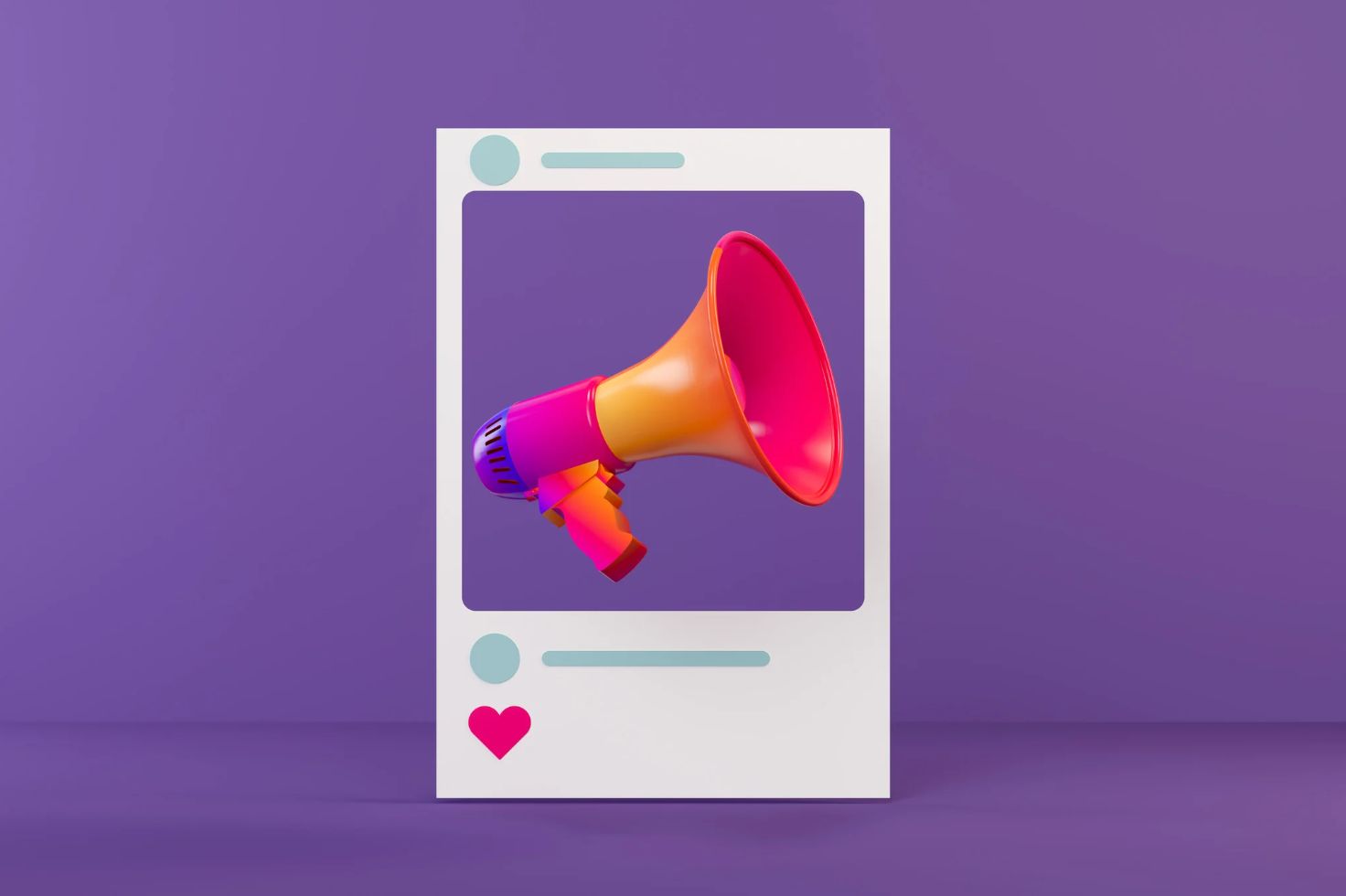Today, consumers have more digital platform choices than ever before. Users are tech savvy and switch between various devices in order to avoid unwanted or boring ads; moving between content on their phone, tablet, laptop, and TV. Choosing a single-channel approach for advertising in this environment is detrimental to a marketing strategy; cross-channel advertising is essential.
Cross-channel marketing creates a holistic, personalized experience for consumers at every touchpoint.
This guide explores everything about cross-channel marketing, how it differs from multi-channel and omnichannel marketing, the benefits of a cross-channel advertising strategy, and how to build a successful strategy.
What is cross-channel advertising?
Cross-channel advertising is marketing across different channels simultaneously (this can include mobile, email, web, apps, SMS, in-store, call centers, or even direct mail). This type of marketing helps create a holistic, cohesive consumer journey across all relevant channels. In cross-channel marketing, consumers are engaged at different touch points which in turn helps brands target their product marketing within the consumer journey and personalize consumer experiences.
Cross-channel marketing isn’t primarily designed to bring new customers on board or to create brand awareness. Instead, the goal is to keep existing, prospective consumers engaged across channels, buying stages, and products.
Why is cross-channel advertising important for brands?
Cross-channel marketing erases the problem of mixed messaging prevalent in digital marketing. If a consumer sees different messaging on various channels, then it decreases the chances they make a purchase. Consumers can be frustrated about the information they receive if it does not match or reconcile between different touch points. The problems solved by cross-channel advertising are similar to that of omnichannel advertising. If a customer sees a message on one platform, they are not then shown completely different messaging on another.
Multi-channel, Cross-channel, and Omni-channel marketing
With modern media consumption, consumers switch between multiple devices throughout the day, every day. In multi-channel marketing, there are multiple channels responsible for communicating with customers. However, these channels are independent and thus frequently disconnected, and a customer cannot seamlessly switch between them.
Cross-channel marketing, different still, is when all of the marketing channels are connected. This allows no customer queries or interactions to be ignored or left out in the cross channel marketing or cross channel advertising process.
In contrast, omni-channel marketing is when all channels are interconnected and barriers to communication are removed. There is a high level of engagement with consumers and increased customer satisfaction. When consumers feel they are being addressed across platforms, they are likely to be happier than others.
Benefits of cross-channel marketing
Cross-channel advertising helps brands communicate seamlessly. Companies can send personalized offers or information to consumers based on their specific needs or where they are in the customer journey. This form of journey advertising aligns brands with customers’ desires at each stage of their decision-making process.
Optimized consumer journeys
Cross-channel marketing or advertising improves marketing outcomes. As per a recent study, 73% of consumers shop from multiple channels, and switching between channels influences their buying behavior. This is why companies should plan and execute a cross-channel experience to avoid siloed behavior. Additionally, unified databases can also help optimize the consumer journey.
Unified messaging to consumers
Cross-channel advertising lets companies send a unified message. This creates the impression that the company knows what they’re talking about, building trust and driving customer loyalty. Similar to using the same colors and fonts in a brand’s design, using the same messaging and adhering to one’s style guide makes it possible to bring consistent messaging across channels.
Increased interaction
Multi-channel advertising increases interaction and engagement. Since companies are now promoting across channels, the chances of the consumer viewing them increase. Companies and brands need to advertise across channels in order to increase engagement and consumers need to see brand messaging when frequenting all of the varied channels they interact with day-to-day.
How to build a successful cross-channel advertising campaign
Cross-channel advertising is necessary for engaging consumers with personalized messaging and meeting them where they make purchasing decisions. Knowing how to successfully plan a cross-channel campaign is essential.
Use data to your advantage
Cross-channel advertising is based on data – campaigns need to be information-driven and focused on consumers. Marketers need to assess who their brand’s target audience is and how they want to connect. At this point, they can use data to observe patterns and trends in consumer behavior and craft a campaign. This data can simultaneously align consumer profiles according to their habits, preferences, and patterns. These insights are essential for creating impactful messaging and getting it to the right audience in moments that matter.
Keep technology at the core
For any marketing campaign, it is important to keep technology front and center – using the right tech stack can help see what platforms, ads, and messages are best for the brand’s messaging. Assessing how automation can improve and elevate overall performance is critical for growth. A good mar-tech platform can help create a truly engaging consumer journey.
Optimize for KPIs
Brands need to evaluate and measure past campaign performance against current KPIs. These key performance indicators are important for measuring the overall success of marketing campaigns and creating realistic expectations for campaigns going forward. This data, collected from multiple platforms, can help make better decisions across advertising journeys now and into the future.
Cross-channel marketing attribution models
Brands know the importance of cross-channel advertising and they also know the importance of tracking their efforts when implementing it. Tracking performance on one channel is easy; however, tracking analytics across multiple channels is one of today’s biggest marketing challenges. For example – if a consumer clicks on both a promoted tweet and a YouTube ad, it is tricky to know which ad or channel should be credited for the sale. These are some ways that this data can be allocated:
- First interaction model where the first touch point is credited for the conversion
- Last interaction model where the last touch point is credited for the conversion
- Time decay model where all touch points are credited with the ones being closer to the conversion getting more points
- Linear interaction model where all touchpoints are credited equally
- Position-based model where the first and last touch points receive more credit than others
Cross-channel marketing attribution models are ways of tracking and measuring the impact of various marketing channels and touchpoints in your customer journey. They help you understand how your customers interact with your brand across multiple channels, such as email, social media, web, mobile, and offline.
Final Thoughts
A cross-channel advertising strategy that delivers a consistent consumer experience goes a long way in increasing sales and conversions for brands.
Utilizing different channels lets brands get their message across succinctly and clearly.
To find success and increase your outcomes with cross-channel advertising, you need to better understand your customer journey and determine what defines success and attribution before you start. Journey advertising caters to consumers and their specific needs at every stage; utilizing it can better equip you to implement an effective cross-channel strategy.











